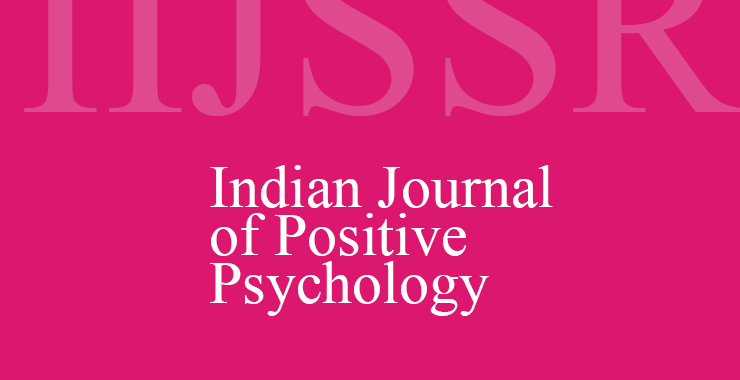Exploring Emotional Abuse, Subjective Well-being, and Emotion Regulation among School Going Adolescents across Gender
Original price was: ₹ 201.00.₹ 200.00Current price is: ₹ 200.00.
Page: 280-285
Sindhu V1 and Maheshbabu N2 (Department of PG Studies and Research in Psychology, Sri Dharmasthala Manjunatheshwara, College (Autonomous) Ujire, Research Centre, Mangalore University. Mangalagangothri and Assistant Professor, Department of PG Studies and Research in Psychology, SDM College(Autonomous), Ujire1
Sri Dharmasthala Manjunatheshwara College, (Autonomous), Department of PG Studies and Research in Psychology and recognised Guide from Mangalore University, Mangalore, Karnataka2)
Description
Page: 280-285
Sindhu V1 and Maheshbabu N2 (Department of PG Studies and Research in Psychology, Sri Dharmasthala Manjunatheshwara, College (Autonomous) Ujire, Research Centre, Mangalore University. Mangalagangothri and Assistant Professor, Department of PG Studies and Research in Psychology, SDM College(Autonomous), Ujire1
Sri Dharmasthala Manjunatheshwara College, (Autonomous), Department of PG Studies and Research in Psychology and recognised Guide from Mangalore University, Mangalore, Karnataka2)
During the period of tremendous developmental change in adolescents, there is a significant life objective and a crucial component for the best possible thriving and performance is subjective well-being. In society, for an individual only mode to interact is through communication, communication, and emotions together make a lot of changes or differences. Any non-physical attitude or behavior that humiliates, terrorizes, subjugates, punishes, denigrates, or isolates another person qualifies as emotional abuse which affects individual overall mental health. The regulation of emotions (ER) is a group of implicit as well as explicit abilities that are capable of being used to track, assess, and adjust emotional reactions that coincide with one’s objectives. To understand Emotional abuse, Emotional Regulation, and Subjective well-being among adolescents across genders. The Sample for the study consisted of 268 adolescents of age group between 12-15 years studying from 6th to 10th grade. The sampling method would be used is convenience sampling method and the research design adopted is a 3X1 factorial research design. The tools that would be used are; Emotional Abuse Questionnaire developed by Momtaz, Mansor, Talib, Kahar and Momtaz (2021); Subjective Well-being Inventory developed by Nagpal and Sell (1985); and Adolescent Emotion Regulation by Kostiuk (2011). Statistical analysis that would be adopted is descriptive statistics and inferential statistics. The results and discussion are discussed in detail.

